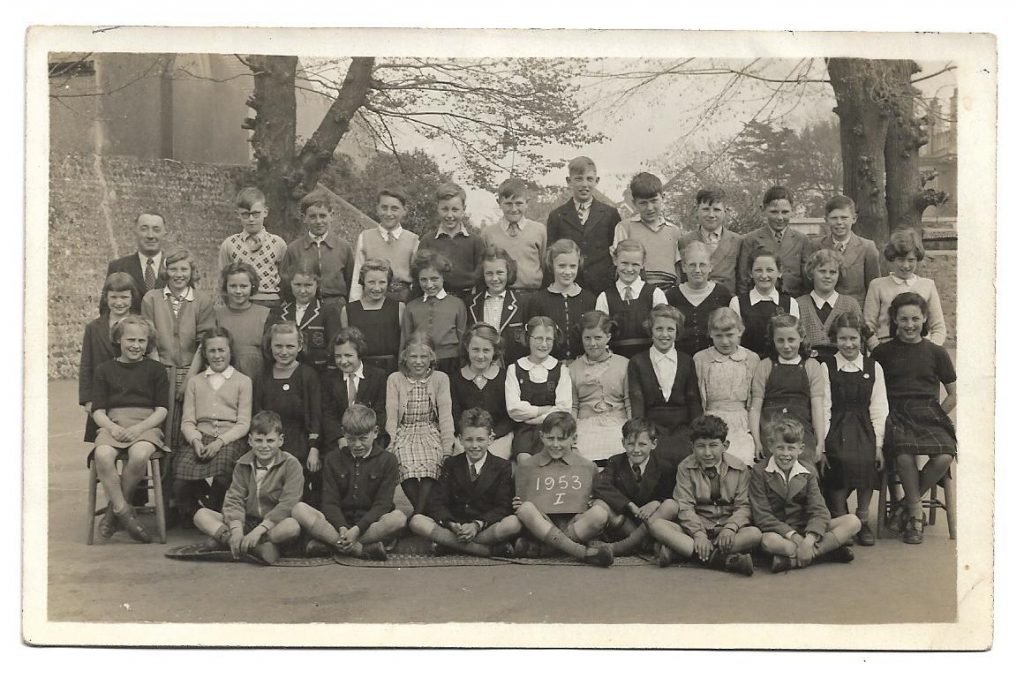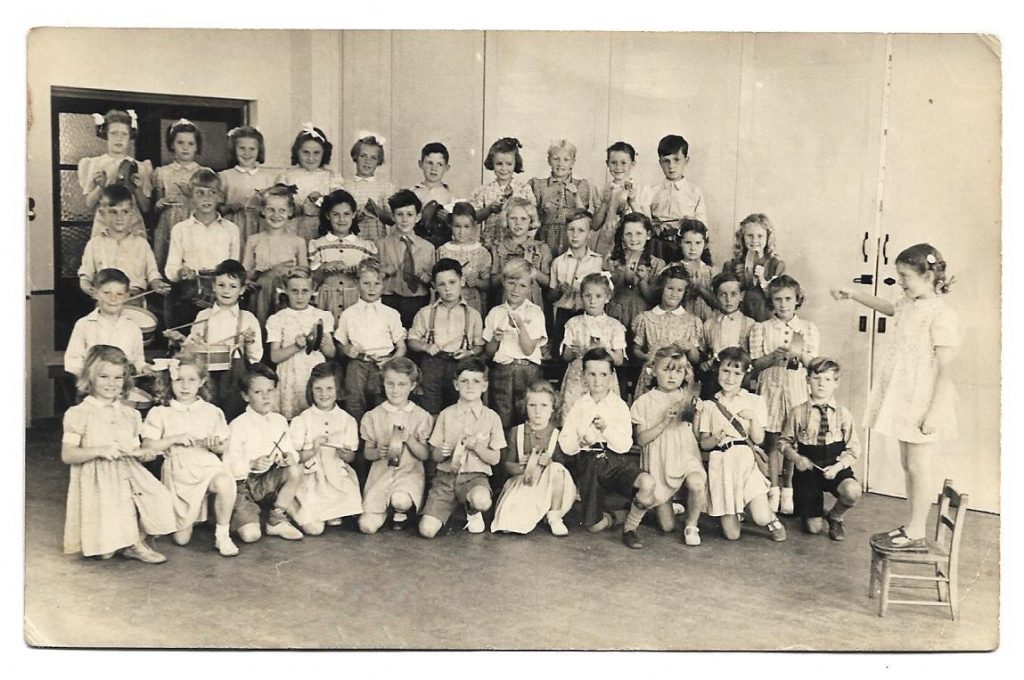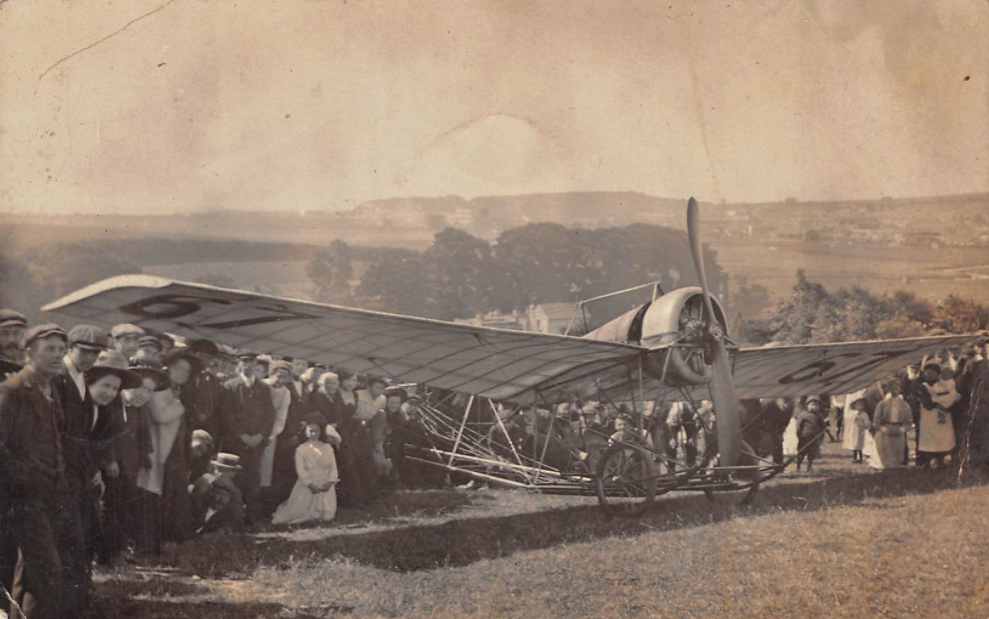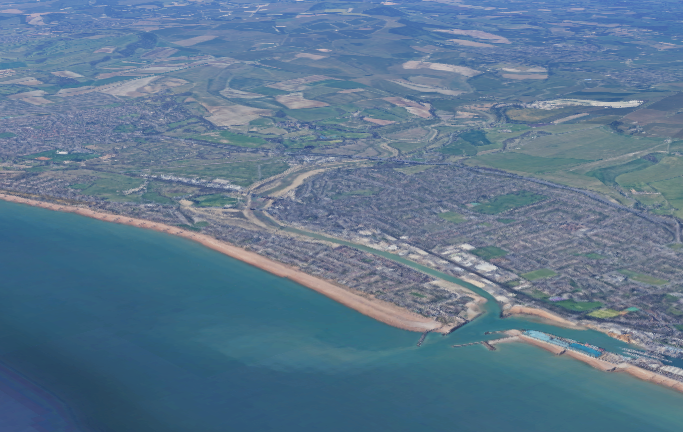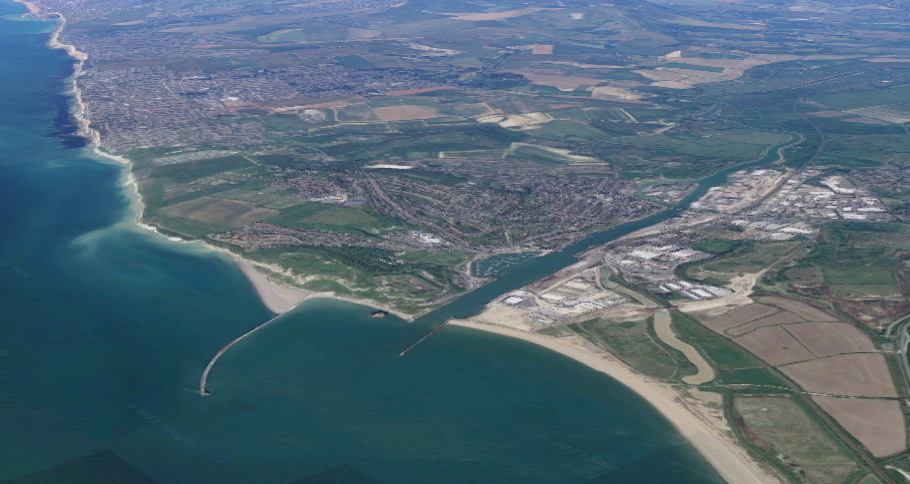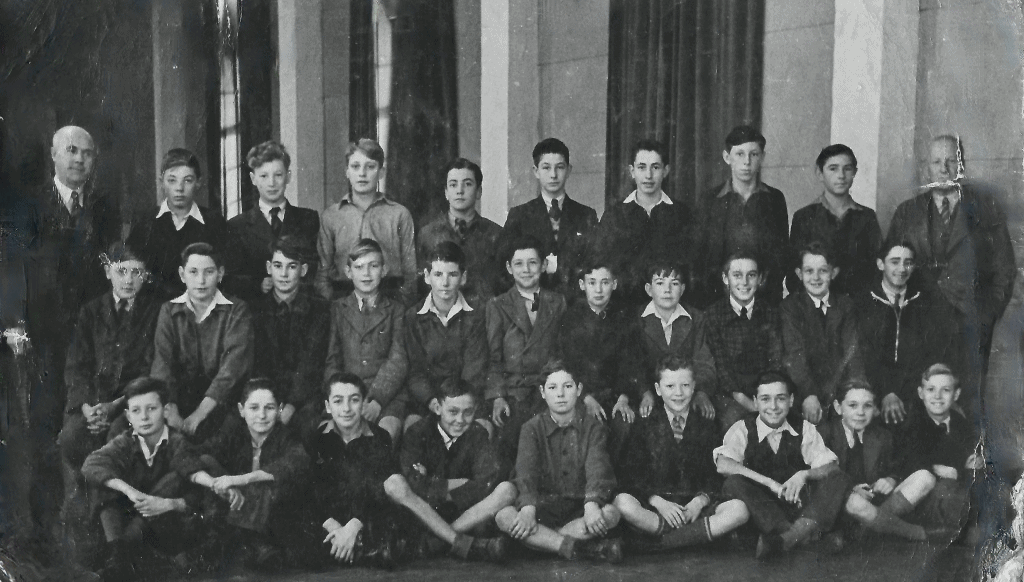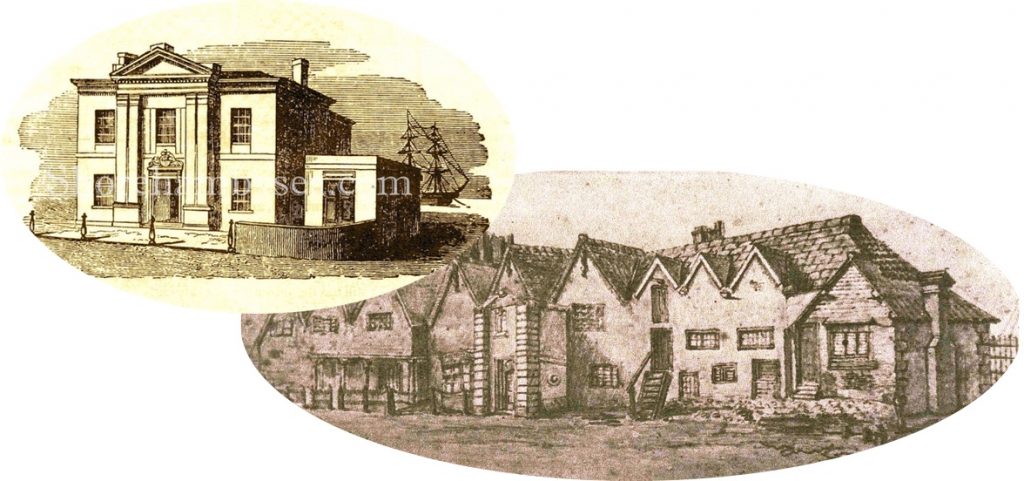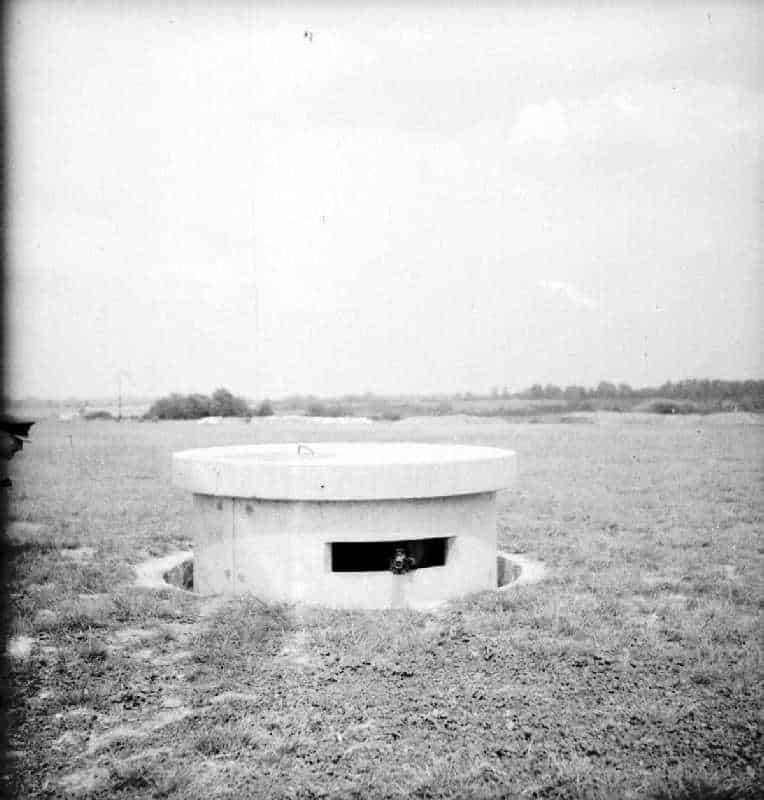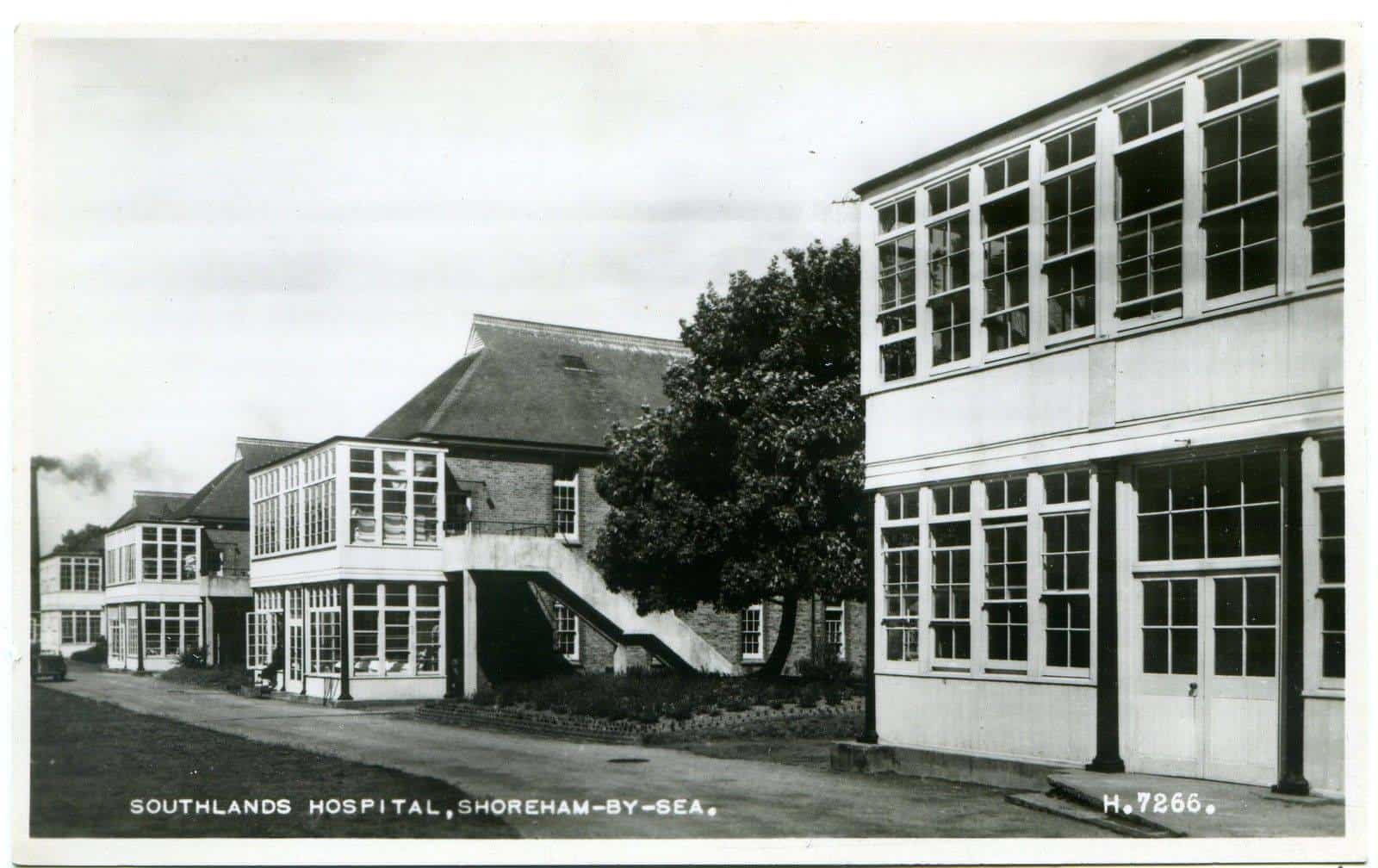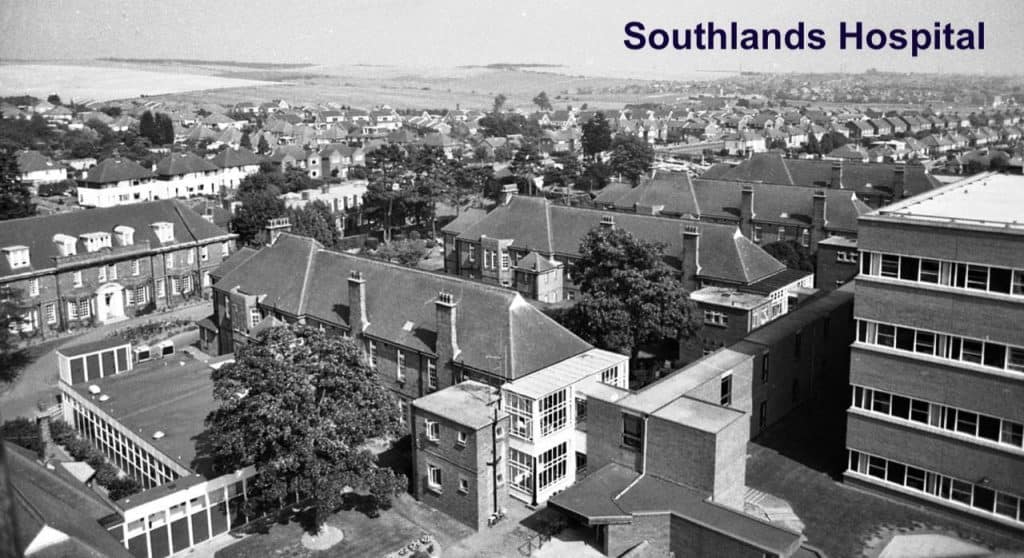Following on from the popularity of the 1946 class group photograph from Middle Road School, we now have wonderful images from Victoria Road School in 1949 and and 1953. These were given to us by Jenny Elton who lived up the road in Mill Lane. Can you put a name to any of the children?
Jenny can remember some of the names and recounts: “First left Brian McIntyre who in later life was the school caretaker. 2nd from right Tom Blundell, now Sir Tom, Professor of Chemistry, Oxford Fellow of the Royal Society etc. Interestingly his younger brother Roger is also a Sir (Economics). The tallest boy in the back row, Roger Brann was a St. Wilfrid boy and together with Tom were the class brain boxes.“
You’ll find a detailed article on Victoria Road Infants and Junior Schools here.



